
views
Finding the Location

Check your body condition. In general bungee jumping is very safe but certain conditions can make it potentially dangerous. These conditions include high blood pressure, a heart condition, dizziness, epilepsy, and injuries to the neck, back, spinal column, or legs. If you have any of these conditions you may want to speak to a doctor before planning for your bungee jumping experience. Many harnesses are attached to your ankles and can exacerbate any ankle or knee problems you may be experiencing. Neck and back injuries can make it difficult to bungee jump because of the pressure being put on them during your jump. Speak to your doctor.

Make sure you are old enough. Some outfitters will allow jumpers as young as 14, others only allow those 16 years old and above. In many cases, if you are under 18 then your parent or guardian will have to accompany you to sign any waivers the outfitter provides.

Find a bungee jumping place. Many bungee jumping locations are set in environments with beautiful scenery. Find the one that most appeals to you! There are many locations around the world and some of the most popular tourist attractions also offer bungee jumping experiences. You can jump from bridges, cranes, platforms on buildings, towers, hot air balloons, helicopters or cable cars. Choose whichever location appeals most to you.

Check the safety and legality of the bungee outfitters. Make sure this is a legal outfit and not some random guy with a rope on top of a bridge. Read reviews of your outfitter online or ask for references from the outfitter and see what other people have to say. Check if your outfitter is registered with the local board of tourism. The BERSA (British Elastic Rope Sports Association) Code of Safe Practice is a safety guideline for operators. It covers three important topics: informed participation (meaning you must understand the risks involved), redundancy (meaning there are back-up systems in place so that if one component fails the whole system will not fail) and competence (meaning that all equipment and personnel must be of sufficient quality to competently perform their function). This code allows you to ensure that your operator is safe.

Don't be afraid to ask questions. This also helps you check up on the outfitter and ensure they know what they are doing. You can ask about their equipment, staff training, operating standards, history and so on. This helps you determine how knowledgeable, friendly and safe they are as an outfitter.

Look into costs. Look into costs in advance as well- expect to pay up to $100 or more. Many outfitters will charge a deposit when you book which could be around $50 or half of the total cost.

Book your jump. You might want to book in advance to ensure that when you arrive you are able to jump. Some outfitters require advance booking because you have to take transportation to the location of the jump.
Preparing Yourself

Don't think about it too much. The more you think, the more nervous you will get and the more likely you are to back out or talk yourself out of it. Everyone is nervous so do not worry about feeling that way! Just because you are afraid of heights does not mean you won't jump. Bungee jumping is a very different experience and you may not feel the same while jumping- especially because of the adrenaline rush!
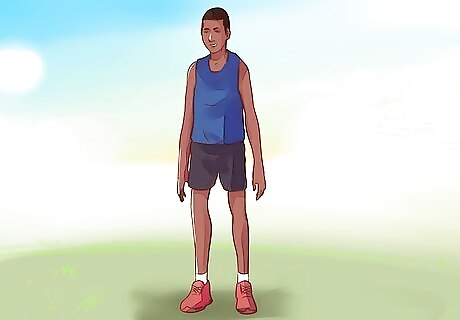
Dress correctly. Wear comfortable clothes and tuck your shirt in so that it does not fly up when you decelerate, showing everyone your stomach. Similarly do not wear a skirt. Your clothes should not be restrictive or too loose. Shoes should be flat-soled and attach securely to your feet. Do not wear boots or shoes that come up high on your ankles or else they can interfere with connecting the ankle harnesses.

Tie up your hair. If you have long hair you must tie it up so that it does not get stuck in any of the components or hit you in the face while you are jumping.
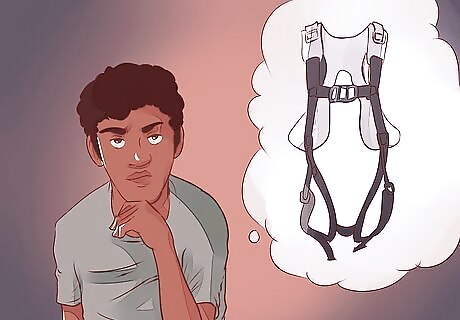
Understand your harness. There are different types of harnesses used for bungee jumping but the most common are the body harness and leg harness. A leg harness will attach to both your ankles and you should have a backup harness (usually a sit harness such as what you might use for normal rock climbing). A body harness will allow you to move around more easily and complete spins or flips more easily. If you are connected via a body harness you should have at least a sit harness and shoulder harness, or a full body harness.
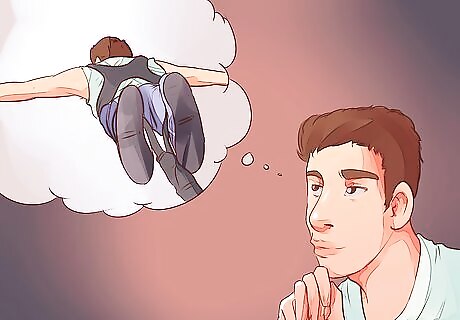
Think about how you will jump. There are many different styles of jumping but the best way to jump is the swallow dive. In this jump you take a nice leap off the platform with your arms stretched wide and soar like a bird towards the ground. By the time you reach the bottom you should be facing straight downward and the deceleration should be very smooth. Other types of dives include the back dive, railing jump (similar to swallow except you are jumping off a railing on some bridges), bat drop (where you are hanging upside down on the edge of the platform before jumping and then simply drop), elevator (drop feet first but can be very dangerous and break your ankles) and tandem (jumping with two people at one time).
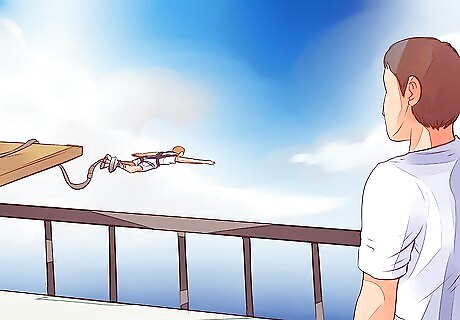
Watch others jumping. Take some time to relax and watch other people jump before starting your experience. This can help you ease your mind and nerves.
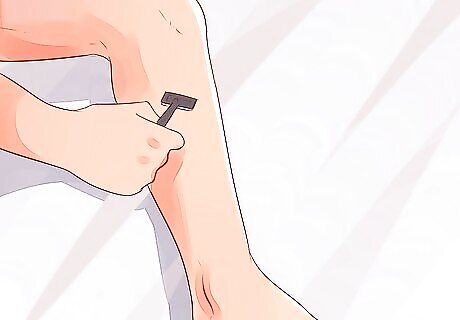
Shave your legs. If you are using a leg harness, then they will have to lift your pants to strap it on. If the sight of your unshaven legs embarrasses you, be sure to shave prior to jumping.
Jumping Off

Sign in with your outfitter. You will pay the balance for your jump if you have not already and sign a few forms and waivers. Although bungee jumping is very safe, they will want to make sure you understand the potential risks. If you have any questions about the waiver, do not hesitate to ask a crew member.

Be prepared to be weighed. They will weigh you to make sure they are using the correct equipment for you body weight and to make sure you are not over the weight limit of the outfitter.

Go to the top of the bungee bridge. When you get to the top of the bungee, there will be instructors up there who will prep you. If you can make it to the top, then you should be fine because this is one of the scariest parts!
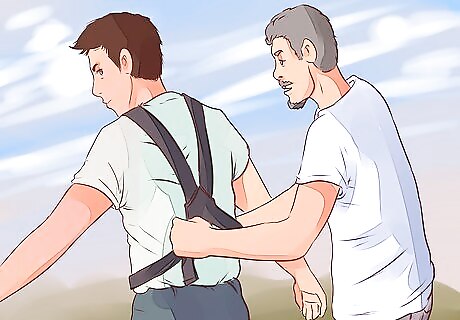
Listen to your instructors. Listen to what they have to say, as it will make your jump more enjoyable. Also, don't be afraid to ask questions- that's what they are there for. The instructors will put padding around your ankles and then attach big elastic bands around them, which will in turn be attached to the actual bungee cord!

Understand that fear is natural. Fear is your body's way of protecting itself as self-defense. Try to channel your thoughts and convince your mind that you are not inflicting harm on yourself. Things will move fast once you are strapped up, so just let things happen. Don't look down before jumping! You will have plenty of time to admire the scenery while jumping. Looking down before you jump might make you change your mind.

Jump when a staff member yells 'Go!' It's an incredible feeling falling through the air at that speed! Enjoy the ride, and feel free to scream your head off! At the end of the drop you should decelerate smoothly and it will actually feel quite peaceful. After the jump, a guy in a boat might come and unhook you from the cords or they will lift you back up to the bridge or wherever you jumped from.

Brag about it! You just went bungee jumping- you are instantly super-cool!










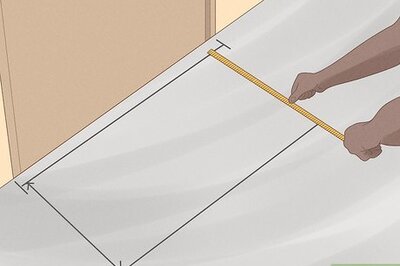



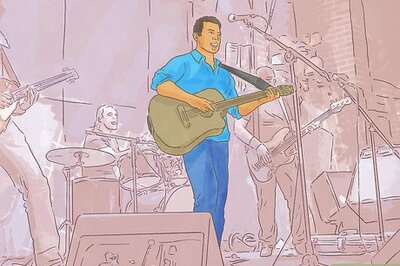





Comments
0 comment